









 The Global Futures Conference Initiative:
The Global Futures Conference Initiative:
Identifying the 10 “must have” targets and “must do” actions for a thriving tomorrow
Answering that question is the purpose of the “10 Must Haves initiative.” This report provides an initial effort across 10 foundational areas to help decision makers in both the public and private sectors lead the necessary changes that we know are possible to provide an opportunity for all to thrive. Change is urgently needed—progress-to-date is not occuring at the speed and scale required to reorient planetary systems toward an equitable and flourishing tomorrow. We continue to move deeper into the buffer zone of and even transgress the Planetary Boundaries, which define the safe operating space for humanity. But solutions are available. We must connect those solutions, develop effective policies and create innovations that put planetary systems on a sustainable trajectory. That is the charge of the 10 Must Haves Initiative.


2
What are the planetary-scale, must-have transformations for global society to reverse our unsustainable actions and enable an acceleration toward a society that lives in harmony with Earth’s systems?
Contents
Background
10 Must Have Initiative
WE MUST HAVE: A limit of global warming as close to 1.5°C as possible by 2050
WE MUST HAVE: An immediate halt and reversal of the loss of nature’s functions and diversity
WE MUST HAVE: Economies that operate within safe and just planetary boundaries
WE MUST HAVE: Equitable access to resources needed for human well-being
WE MUST HAVE: Governance transformations to stay within planetary boundaries
WE MUST HAVE: Healthy, safe and secure food for the global population
WE MUST HAVE: Reconnection of human well-being to planetary health

WE MUST HAVE: An ethical digital world providing for human security, equity and education

WE MUST HAVE: Stability and security in a global society
WE MUST HAVE: A resilient global society ready to respond to planetary crises
Next Steps Our words
References 04 06 08 3 10 12 14 16 18 20 22 24 26 28 29 30
by Valencia Clement
Humankind has moved the life-supporting systems of our planet into jeopardy. Since the beginning of the Industrial Revolution, we have been taking from our planet more than it has to offer. The rift continues to deepen between the unequivocal scientific evidence showing high risks for irreversible and catastrophic global change, and the inability of the people to transition from our unsustainable path that imperils current and future generations. Human activities, particularly in high-income nations, have defined a new geologic epoch, the Anthropocene, and the modern world has used all environmental space and exploited natural capital to, and in some cases beyond, its limits. We are already feeling the impacts in the forms of extreme events, disease, food insecurity, water scarcity, massive economic costs and premature death, affecting hundreds of millions of people across the world.
We must act with urgency. Earth’s resilience is declining, and the stability, functions, and services provided by the life-supporting systems are in peril, presenting a grave risk to humans and all living species. Six of the nine environmental planetary boundaries are assessed to be outside of the safe operating space, putting the life-support systems and entire stability of the Earth system at risk (Rockström et al., 2009). To name just one example, presently 1 million species are threatened by extinction (WWF, 2022).
A number of international frameworks reflect the awareness of the extraordinary challenges humanity faces and outline possible pathways to resolution. Efforts are being advanced that formulate necessary
and scalable transformations across 5-7 socio-economic sectors, which could tip the scales towards a safer and more just future for humanity (e.g., Center for Global Commons Global Commons Stewardship Framework [2022]; Six Transformations to achieve the Sustainable Development Goals [2019]; Global Sustainable Development Report 2019: The Future is Now – Science for Achieving Sustainable Development [2019]). Extensive collaboration has gone into policies and international agreements across public and private sectors (e.g., Kyoto Protocol, Paris Agreement, Millennium Development Goals (MDGs), Sustainable Development Goals (SDGs), the Science Based Targets initiative (SBTi), Exponential Roadmap Initiative). These past and present efforts are grounding and inspiring; however, in all likelihood, the targets in many of these frameworks will not be met. The gap between pledges and action toward those pledges is glaringly visible in many arenas of planetary environmental politics. Despite targets and promises, we are not moving off the present trajectories to protect planetary health. Progress to date has failed to meet the necessary scale and pace required to reorient systems to avoid outcomes that damage the functions of our planetary systems. Humans continue activities that move the planet deeper into the red zone of the planetary boundaries, increasing the risk of cataclysmic events and potentially irreversible damage on local to global scales. What can and must be done to match societal will with sciencebased options to change the course toward a livable, healthy planet, now and for those who inhabit Earth in the future?

Background 4
The widening gulf between necessary actions and actual achievements leads to a logical conclusion: We need a global contingency plan that leads to a safe and just future in which life can thrive on a healthy planet.
Despite the dire situation, it is the consensus of the contributors to this report that such a contingency plan can be developed. The worst-case scenarios can still be avoided. There is space for optimism. Societies have many more tools available to them now to combat global challenges, such as the climate crisis, than in decades past. We have frameworks for action with almost unanimous agreement on the urgency of the crises. There is increasing recognition of the dire state of our planet–as evidenced, in part, by the growing number of pledges, regulations and legislation with more than 100 countries having committed to net-zero climate pathways. Advances in technology allow for wider sharing of knowledge and data to involve more people in the generation of solutions. Furthermore, emission-reduction technology has become more advanced and more competitive than ever before.

5
10 Must Haves Initiative
We are in the decisive decade for humanity’s future on Earth. By 2030, we must accelerate actions that will reduce the unsustainable pressure on the lifesupporting systems of our planet. For example, in order to keep our planet from overheating we must cut emissions in half by – a very ambitious but achievable target. We have all the scientific evidence we need and have scalable solutions in most sectors across all planetary boundaries. The question is: what keeps us from acting and what are the options left if we do not meet the targets presently set for moving into a future that leaves opportunities for the next generations to thrive on a healthy planet?
More specifically, what are the most influential changes, in actions, policies, regulatory measures and investments, that we need to quickly set in motion at scale to avoid crossing critical thresholds thereby causing systemic failures of parts of the life supporting systems of our planet? What are options if we come too close to points of no return, caused by unacceptable levels of human interference with planet stability, without seeing convincing signs of adjustments in human decision making that would allow for rapid transformation? What are the planetary-scale “Must Haves” that we have to consider to alter the trajectory we are on and enable an accelerated transformation, at the global scale, across all planetary boundaries that determine the future state of the world and its inhabitants?
The 10 Must Haves initiative is an outgrowth of a meeting of the Earth League. During the discussion, fellows asked: What are the 10 things we must do for planetary systems to prevent irreversible change?

Further conversations led to the specific 10 levers of change that were then refined by members of the Global Futures Conference steering group, a 17-member committee made up of international experts in sustainable future-oriented design, drawn from the private sector, NGOs, governments, academia,and more.
The draft served as the starting document for the 2022 Global Futures Conference, held in Manhattan from Sept. 20-22, 2022, coinciding with NYC Climate Week and the U.N. General Assembly. More than 200 attendees and speakers from all over the world worked together on refining the 10 Must Haves and developing the “must do” actions to achieve these “must haves.” Multiple cross-cutting themes, as well as the need for trust building, youth and indigenous inclusion, and target setting were highlighted. All participants will have the opportunity to edit the draft document, which will be presented at COP27 in Sharm El Sheikh, Egypt. The final report will be produced in 2023.
6
We Must Have:
A limit of global warming as close to 1.5°C as possible by 2050
An immediate halt and reversal of the loss of nature’s functions and diversity
Economies that operate within safe and just planetary boundaries
Equitable access to resources needed for human well-being
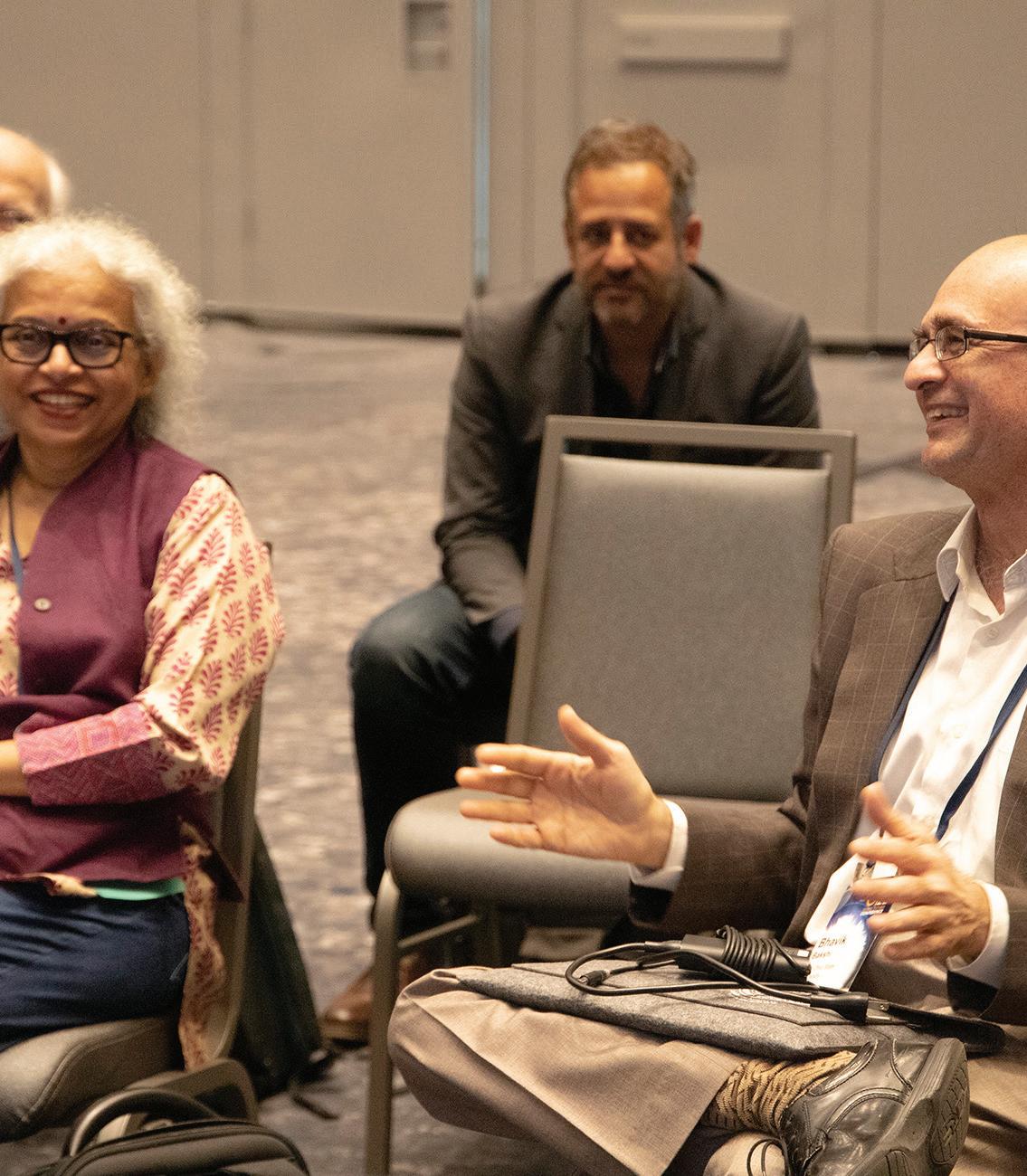
Governance transformations to stay within planetary boundaries
Healthy, safe and secure food for the global population
Reconnection of human wellbeing to planetary health


An ethical digital world providing for human security, equity and education
Stability and security in a global society
A resilient global society ready to respond to planetary crises
7
WE MUST HAVE:
A limit of global warming as close to 1.5°C as possible by 2050.
The remaining global carbon budget for a 67% chance of limiting global warming to 1.5°C is only approximately 400 GtCO2 (IPCC, 2021, p. 29). This corresponds to roughly eight years of global emissions of CO2 from fossil-fuel burning and land-use change at current rate of emissions, without consideration of compounding emissions (i.e. wildfires, deforestation, methane release from permafrost melt, etc.). Keeping global warming to 1.5°C requires that global emissions are cut by half each decade, to reach a net-zero world economy by 2050, i.e. in 28 years. The world has not even started to significantly slow down the rate of global emissions, which must enact annual global reductions of >8% to keep a pace of cutting global emissions by half each decade. It is very likely that we will exceed the 1.5°C warming threshold, just as science shows with increasingly strong evidence that transgressing this line is very dangerous.
We do know how to curb emissions and alter the trajectory of increasing greenhouse gas (GHG) emissions. The solutions exist, and there is rising evidence that they deliver better outcomes for all, in terms of health, security, economic development and well-being. Renewable energy technologies and carbon capture enterprises have made significant advancements in the past decades. But, there has not been a meaningful down-scaling of the supply and demand for fossil fuels and we have not reduced global fossil-fuel emissions. To unleash urgent global action in parity with science-based requirements, there is a need to consider serious, out-of-the-normal decisions starting with stopping all new investments in coal, oil and gas extraction.
A global, just transition to a decarbonized energy system is critical and possible, through a coordinated, crosssectoral, and locally-appropriate series of actions. With equity concerns in the foreground, wealthier countries must take responsibility for a fast fossilfuel phase out and invest the necessary resources to lead and support the global transformation.

8
Stop new investments in, incentives for and establish end dates on coal, oil, and fossil gas extraction and use. This includes subsidies, tax breaks and financial influence over the political sector. Execute this with a binding agreement among the world’s major economies that stipulates emissions be cut by half each decade (to reach net-zero carbon emissions by 2050) and compulsory reporting to the UNFCCC aligned with stringent emission budgets and monitoring processes.
Through global agreement, implement a global price–with monitoring and assessment mechanisms–on carbon of at least 100 USD/ tCO2 to accelerate the necessary actions to limit warming as close as possible to the 1.5°C limit, with built-in adjustments for costof-living increases and relevant variations across geographies, markets and sectors.


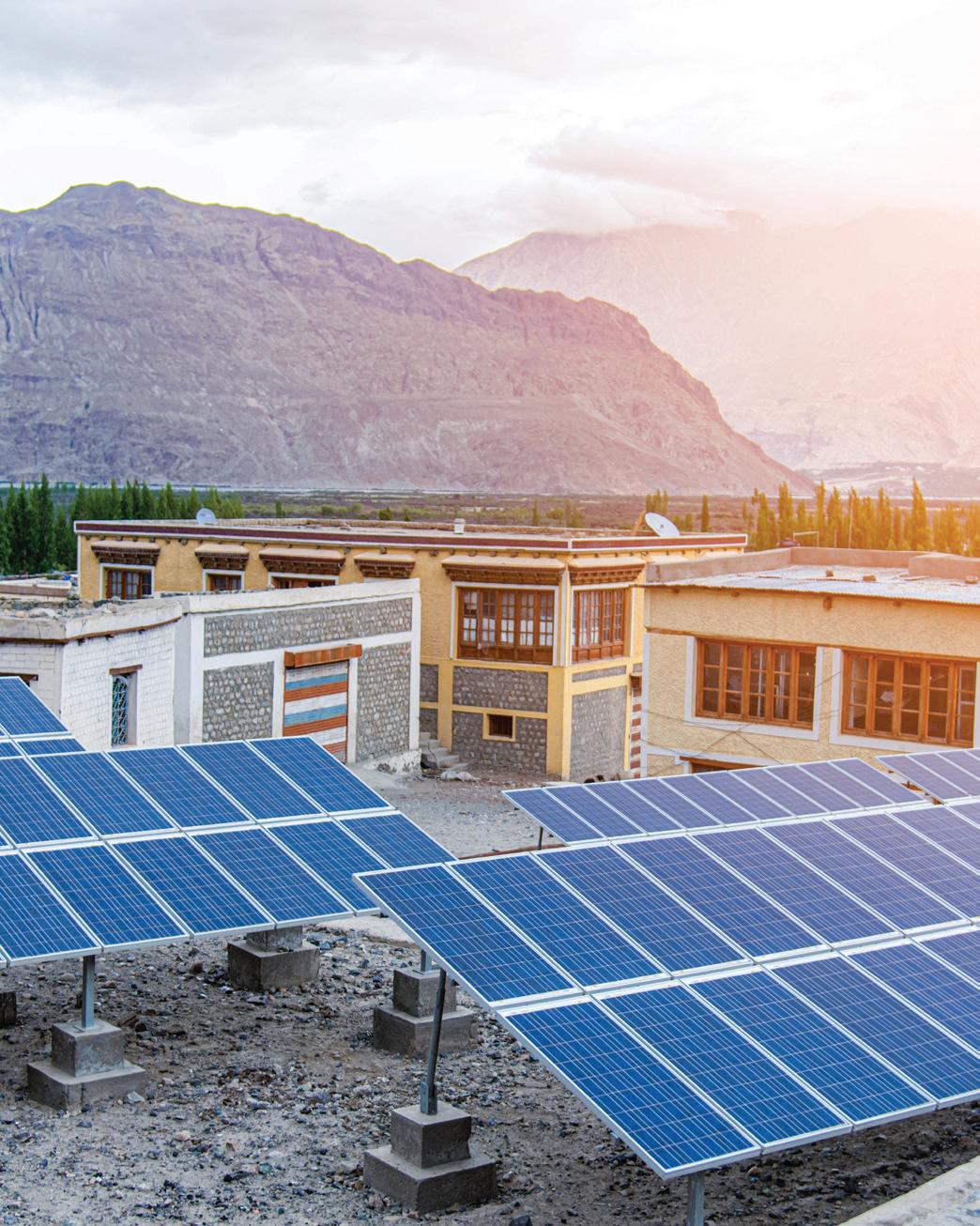
1 2 9
Actionable levers of change, “must dos,” include:
WE MUST HAVE:
An immediate halt and reversal of the loss of nature’s functions and diversity
Humankind has caused the loss of so many species and ecological functions that scientists have credited people as the leading cause of the sixth mass extinction of species on Earth for more than 30 years (Myers, 1990; Cowie, Bouchet, & Fontaine, 2022). The elimination of nature and its functions threatens human health–through reduced food, clean air and water, buffer zones to prevent zoonotic diseases, and, more generally, planetary health. The loss of nature further hinders the planet’s capacity to sequester carbon, cope with shocks and provide stabilizing functions (like moisture and heat exchange between land, ice, ocean and atmosphere). There is strong scientific support that (1) loss of species and natural ecosystems on land and in the ocean must be halted now, and (2) that we have lost many of nature’s services to people (including natural and cultural heritage). This means that halting the loss is not enough, and that more investments are required to restore and regenerate natural functions in agriculture and forestry.
Action, at scale, is urgently required to have a chance of turning the tide on destroying Earth’s life-support systems to create a possibility of living in harmony with the Earth. We see from Indigenous cultures how to steward Earth’s systems through traditional ecological practices that protect land, water and all species, but these approaches have to be translated to a world of 8-10 billion people relying heavily on technology. Additionally, initiatives such as 30X30 and Nature Positive are designed to halt and reverse the trend of losing nature. For example, in agriculture, farmers are exploring regenerative practices to improve nutrient cycling, enhance soil quality and reduce emissions, among other benefits.
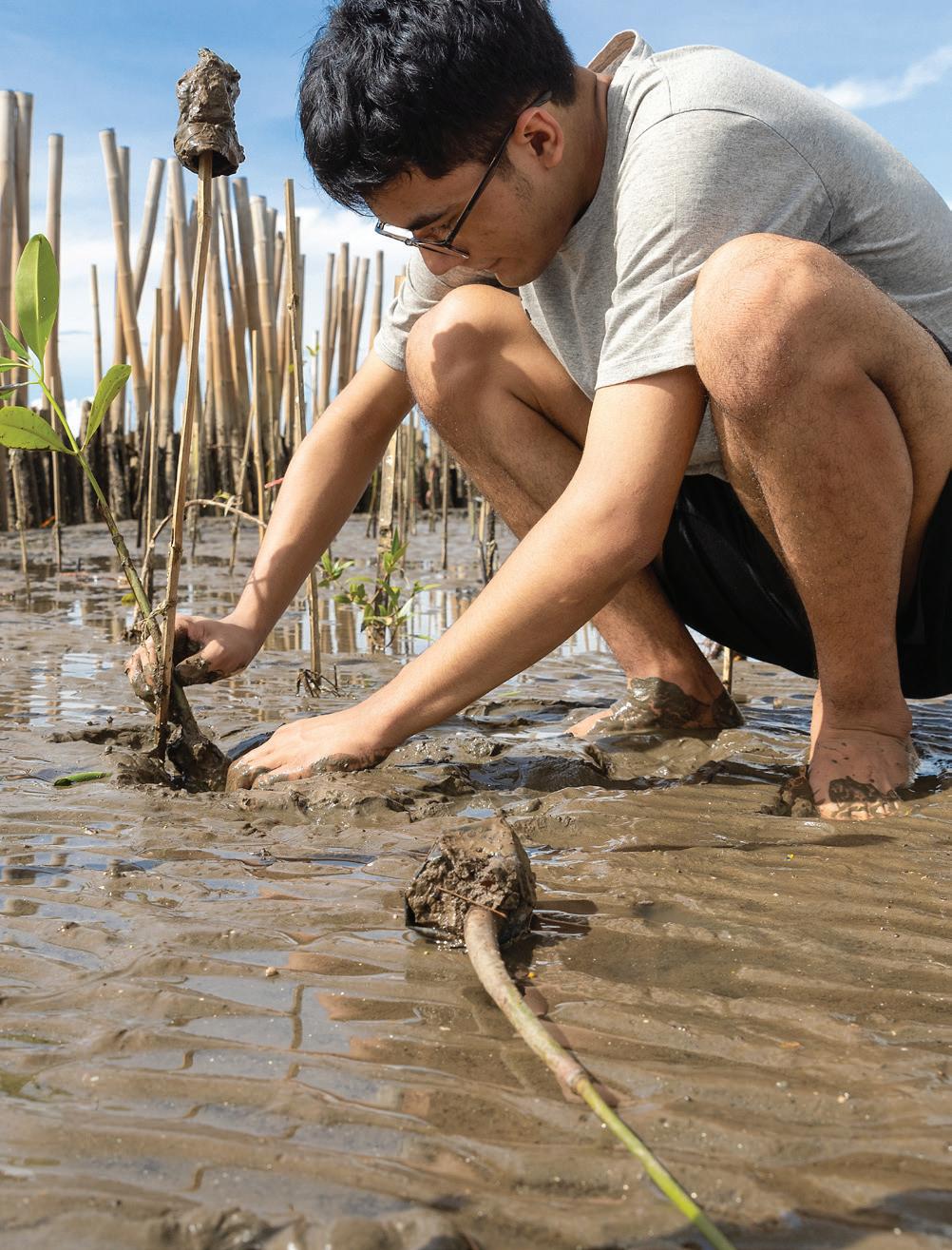
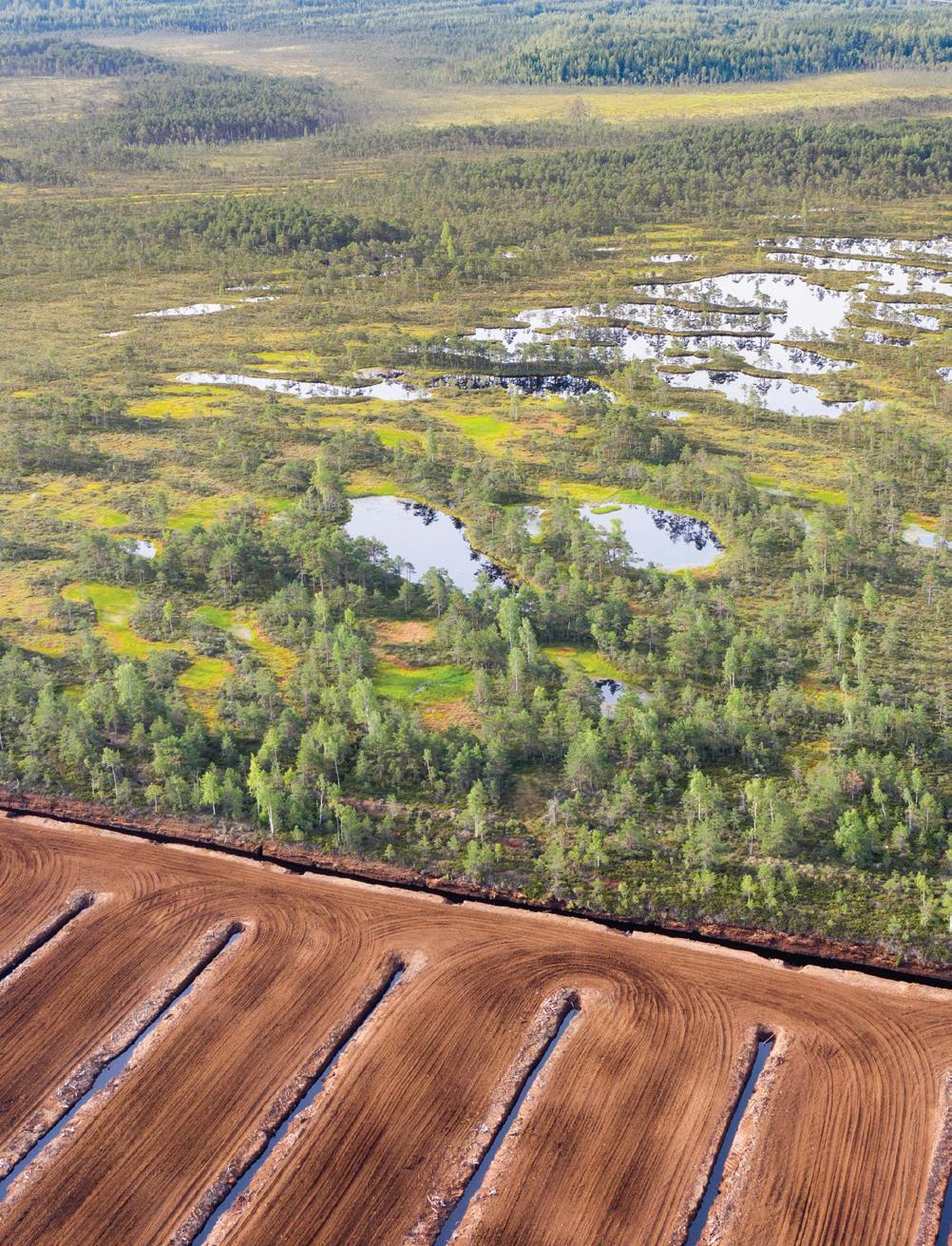
10
Actionable levers of change, “must dos,” include:
Codify into national laws the equity-based Nature Positive agenda with science-based targets, which calls for halting the loss of nature (operationalized from 2020, as a baseline, onwards) and provides that “by 2030 nature is visibly and measurably on the path of recovery,” to be achieved by 2050. Moves toward conservation and radical shifts in land use must involve local and Indigenous ways of knowing and practices, recompense colonial legacies and account for sustainable development needs.

Use economic policy measures (incentives and regulations) that protect nature and the rights of Indigenous communities to sovereign territories, and create transparent and mutually accountable global markets for nature-based solutions, developed with Indigenous and local peoples, that enable trillions of dollars (USD) to be invested in protecting, restoring and regenerating nature.
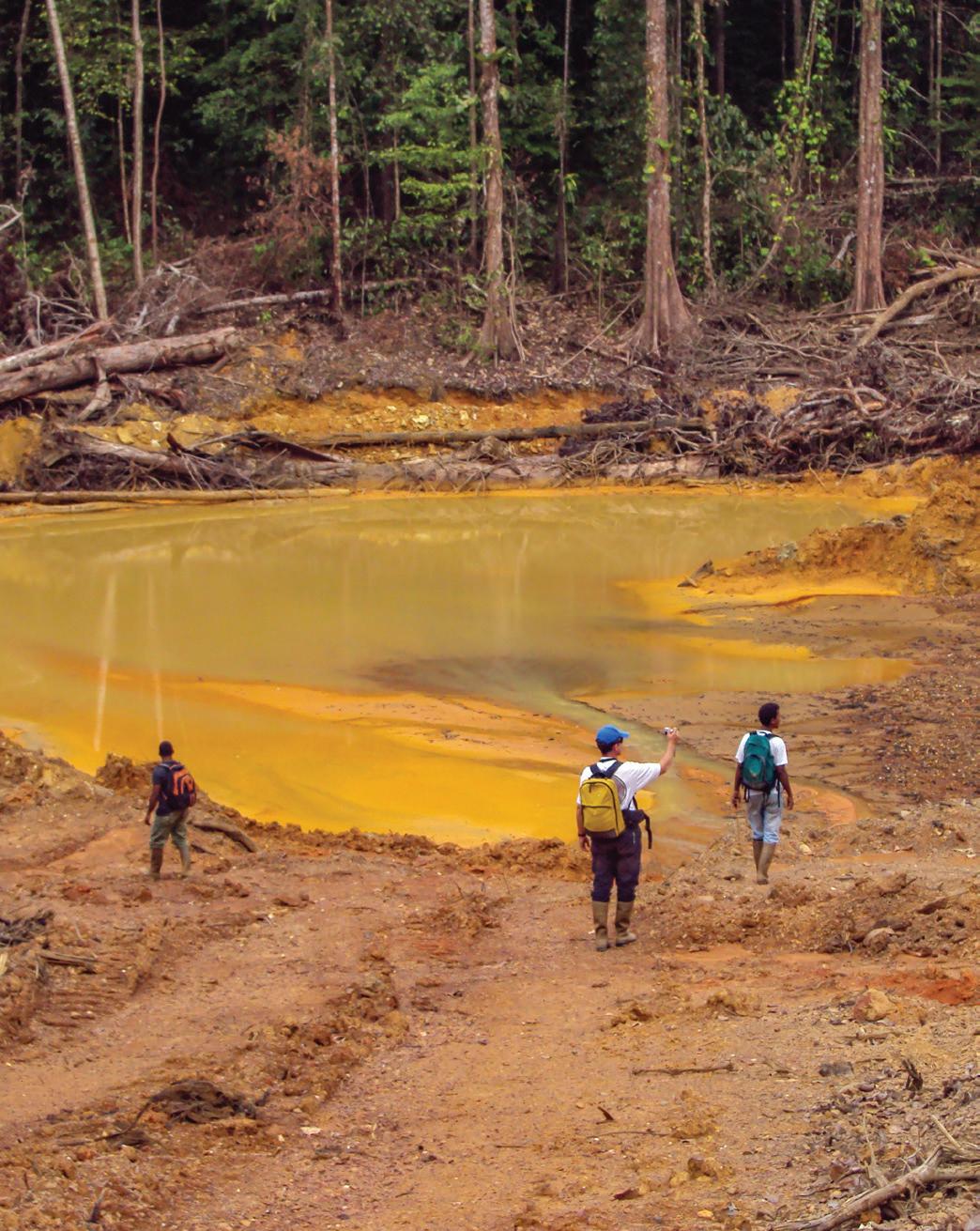
1 2 11
WE MUST HAVE:
Economies that operate within safe and just planetary boundaries

The world’s economies must operate within environmental and societal boundaries for a stable and resilient Earth system. This requires a systemic transformation where economic development factors in all its environmental costs and is decoupled from environmental degradation, cumulative material cycles and risks of planetary disruption. There is too much emphasis on the status quo, profit and short-term outcomes in economies. This permits the continued increase in exploitation and positive feedback loops in extracting natural resources and Earth system components that will eliminate non-renewable natural resources over time. This methodology discounts the environment, loading all costs of environmental damage on to future generations. The status quo cannot change when the players and the incentives are the same.
We must take action implementing standardized regulatory frameworks, incentives and investment schemes that contribute to sustainable and inclusive economic systems.

12
Actionable levers of change, “must dos,” include:
Introduce across all sectors and markets an externalities model for practical payouts from companies (i.e., compensation from polluter corporations that cause health issues), as in “polluters pay” and “cleaners earn.”
Implement accessible, fair, and forwardthinking risk accounting and management systems (including insurance schemes) that reflect true risk related to nature and human rights, as well as incorporate science-based targetstCO2 , toward the design of a capital financial system based on nature’s principles of negative feedback loops and circularity (which necessarily involves elimination of subsidies with negative outcomes).
Ensure equitable national contributions for climate action and halting biodiversity loss so the lowest income countries bear the least costs and loss prevention is accounted for. Establish international agreements to restructure the global economic system toward equity such as the proposal that the wealthiest 10% are valued at no more than 40% of national incomes, as forwarded by the Earth4All “turnaround.”

1 2 3 13
WE MUST HAVE:
Equitable access to resources needed for human well-being
The global disparity between the wealthy and poor is growing and emblematic of deep and fundamental inequities. Overconsumption of elements of our life-supporting systems, including clean air and water; excessive waste (especially food); deleterious material cycles with extraction, production, and overuse of problematic materials (e.g. plastics); planned obsolescence and insufficient recycling are examples of systemic challenges negatively impacting communities that are the least responsible and most at risk. Across the world, 34-45% of global consumptionbased household greenhouse gas emissions can be attributed to just 10% of households (predominantly based in the Northern Hemisphere) (IPCC, 2022).
Despite the dire outlook, there are glimmers of a better future already visible in the present. Large, multinational companies are demonstrating private sector leadership by using the Planetary Boundaries framework to pursue sustainability and environmental, social and governance (ESG) goals. Circular materials flow is growing as a method to reduce mining for virgin resources and landfilling, ultimately reducing total emissions output. And innovations in augmented intelligence are enlightening pathways to a circular economy through new insights in product design, use patterns, maintenance and recycling.

14
Implement policies at all levels of governance to drive, through regulation and incentives (such as mandating companies’ internalization of ecological and social impacts of production), the production of environmentally responsible goods and eliminate products with negative impact from the marketplace.
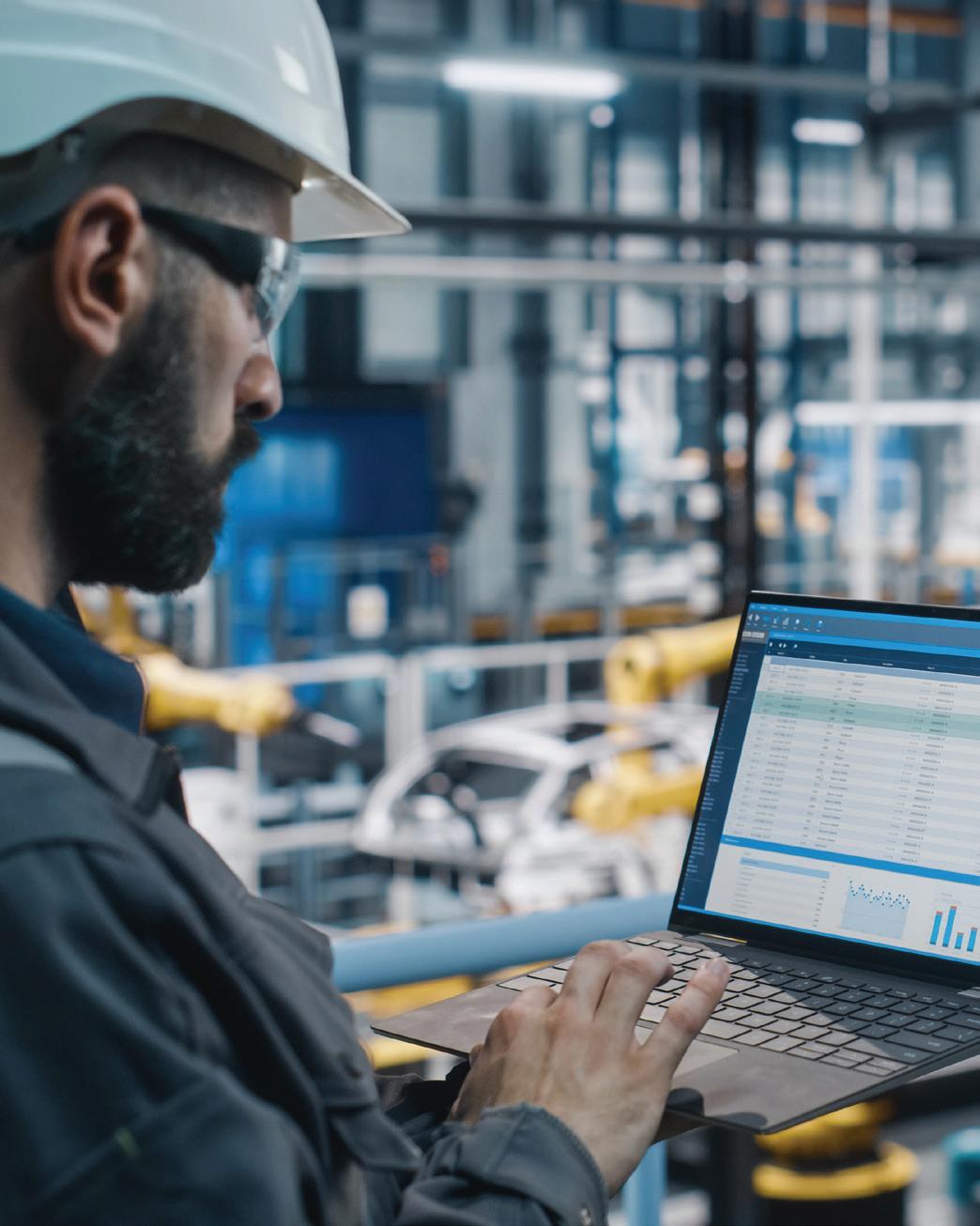
Promote behavior change in the context of overconsumption, and principles of an inclusive and sharing economy, through a strategic social campaign involving marketing mechanisms and efforts to counter false or manipulative advertising presently driving unsustainable consumption choices.

1 2 15
Actionable levers of change, “must dos,” include:
WE MUST HAVE:
Governance transformations to stay within planetary boundaries
Existing governance systems are inadequate to regulate processes that lead to local-to-global degradation of life-supporting systems on Earth, upon which all people’s wellbeing and inter-generational stewardship depends. There is considerable innovation at the local level, but there are few platforms to scale those innovations to the global level or to adjust solutions to respond to cultural and regional differences. Additionally, there are few legal frameworks at the regional and global level to control critical activities such as GHG emissions, pollution (including transboundary pollutants), geoengineering, resource extraction and use. Declining trust in science and government institutions further challenges success. For example, attempts to govern CO2 emissions through the Kyoto Protocol failed due to the lack of global consensus on emissions targets, which undermined trust needed for continued collective action.
At the time of low trust in geopolitics or desire for strengthened integrations between local and global governance, we must agree on frameworks for collective governance and management of the entire Earth systems. There are successes and opportunities to build upon. Despite a global increase in emissions since its inception, the Paris Agreement remains a driving force for emissions-reduction changes. Since the agreement, signed by 195 countries, low-carbon solutions are increasingly competitive, and by 2030 could challenge high-carbon solutions in sectors representing more than two-thirds of global emissions (Turner et al., 2020). The Global Commons Stewardship Framework provides a guide to address the six global commons (climate, land biosphere, oceans, air, ozone and ice sheets/glaciers) through systems transformations across food, energy, transportation, industry, development and more (Ishii et al., 2022). Global committees, specifically the Coalition for the UN We Need, are outlining progressive reforms and creating platforms to bring the voices of civil society to the United Nations for a more equitable international body and to promote the value of global citizenship.
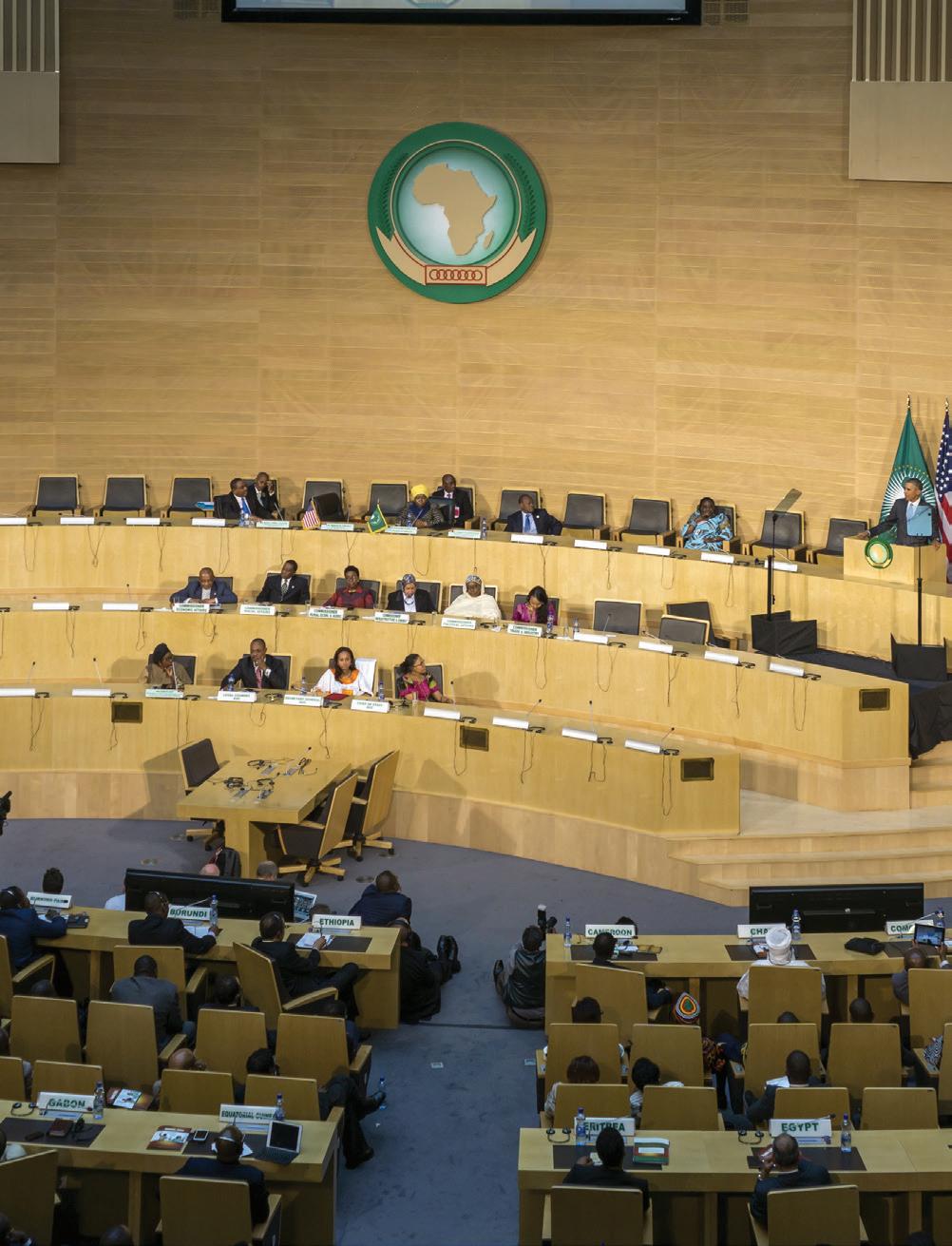
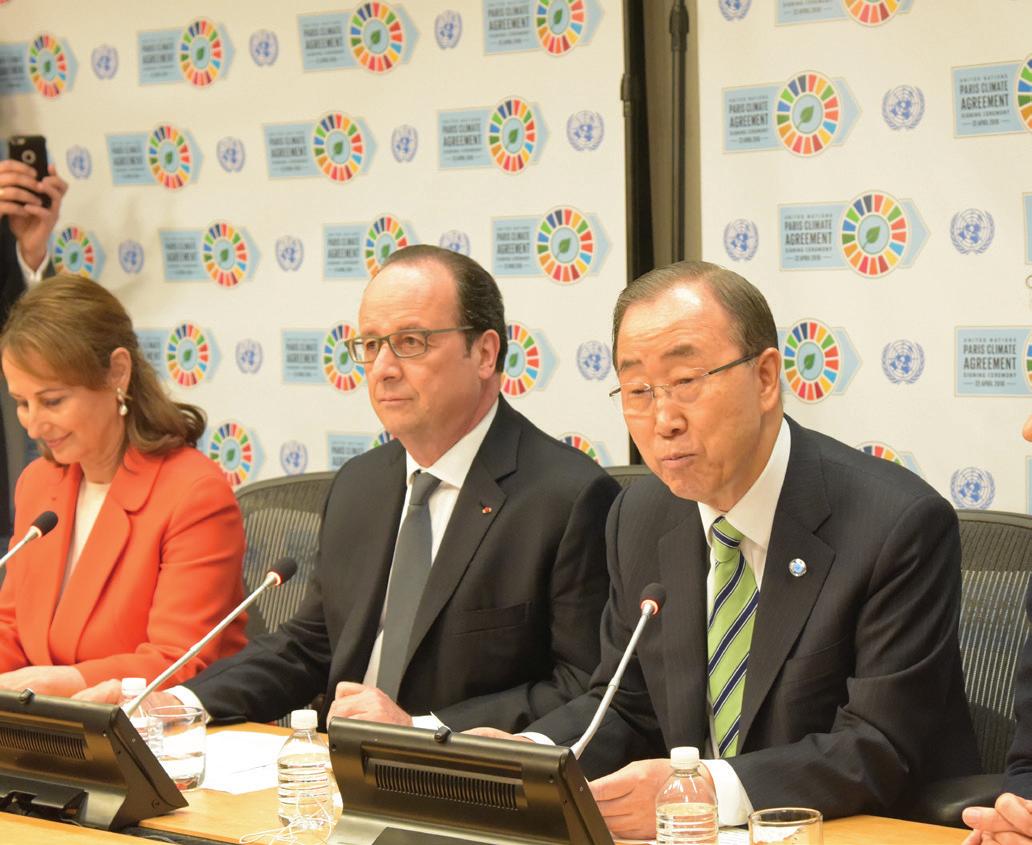
16
Actionable levers of change, “must dos,” include:
Create a cross-UN emergency platform including early warning systems with stress tests and contingency plans, utilizing and expanding new open-access knowledge and tools.
Create–or drastically reform–a global environment agency, a consolidated body to govern climate and biodiversity as interconnected elements of global commons toward intergenerational resilience and justice.

Strengthen vertical integration among levels of governance by building institutional infrastructure to form coalitions, mandate the involvement of civil society in shaping of policies, impose binding constraints on countries and accelerate the uptake of local innovations at larger scales.

1 2 3 17
WE MUST HAVE:
Healthy, safe and secure food for the global population
We live in a world with a global food system that delivers neither nutritional requirements for all people, nor sustainability for the planet. There is insufficient progress to deliver on UN Sustainable Development Goal 2: to end hunger, achieve food security and improved nutrition and promote sustainable agriculture by 2030 (UN, 2015), with 2.3 billion people in the world being moderately or severely food insecure, 828 million people affected by hunger, and a rising number of people on the verge of starvation (currently more than 200 million), as well as 10-11 million people annually dying prematurely due to unhealthy food (Willet et al., 2019). Despite this underperformance of the global food system, it is one of the primary drivers for transgressing the safe planetary boundaries on loss of biosphere integrity, climate change, land use change, nutrient overloading (nitrogen and phosphorus), freshwater overuse, and a major contributor to chemical pollution (for example, pesticides). Fixing the food system is necessary for a trajectory towards human security in a safe and just world. Perturbations of the food system, driven by environmental degradation, disasters and sociopolitical disruptions and conflict, demonstrate the vulnerabilities of the world food system.
There is an urgent need for a systemic shift toward the global adoption of a Planetary Health Diet, so-named for its promotion of healthy people living on a healthy planet, while recognizing and evolving with local and seasonal dietary cultures and diversity. This will require a concerted effort including local stakeholder dialogues and empowerment, global campaigning and adoption of regulatory frameworks (e.g., standards and safe levels for different health-threatening food substances). It is possible. Movements toward plant-based diets and plant-based proteins are on the rise. Pushes for locally grown foods are apparent, even in international retail chains. We have the tools to scale up efforts that enable equitable access to healthy and sustainable food, in turn enhancing social and environmental resilience.
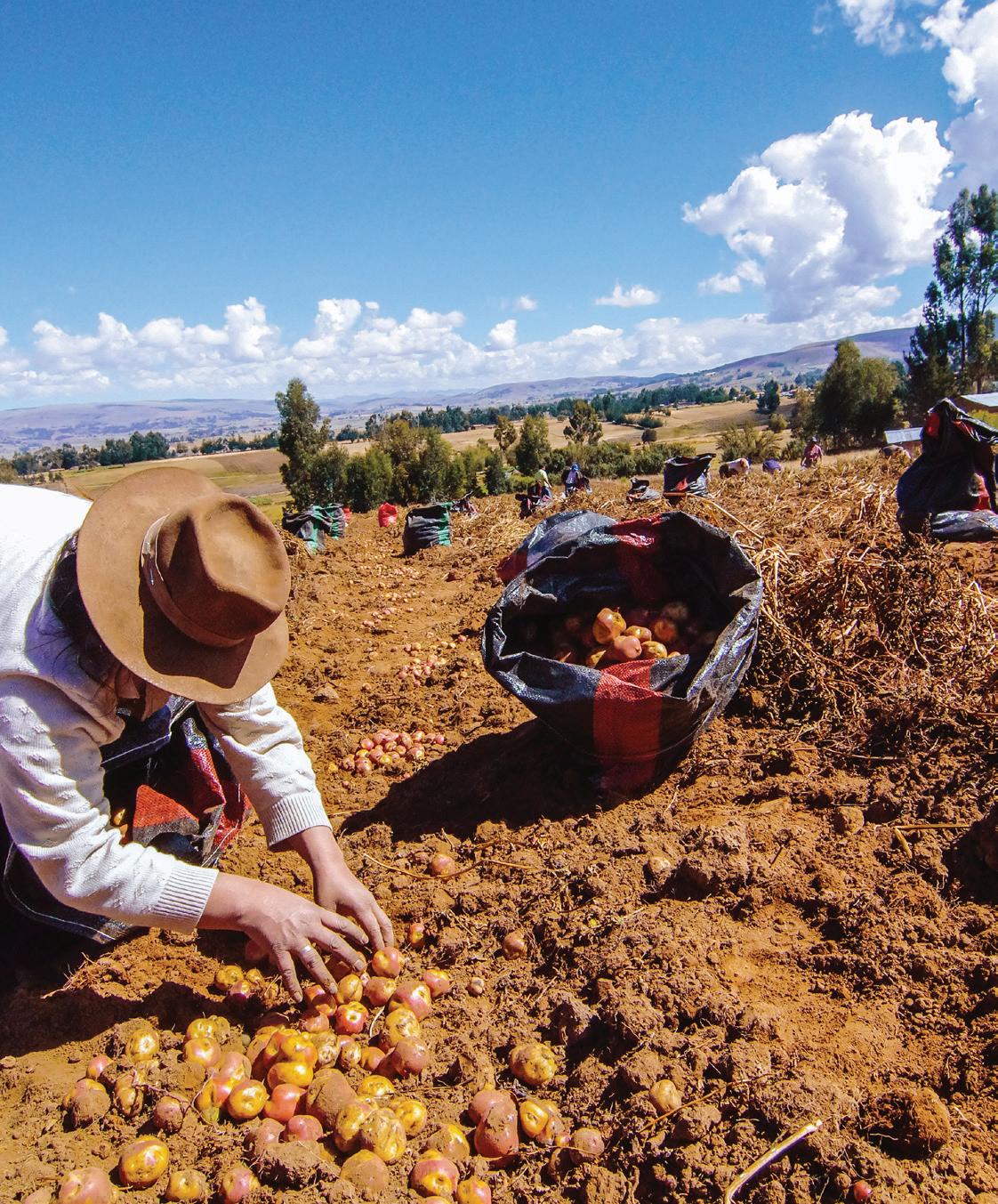
18
Enable the Planetary Healthy Diet for all, i.e., healthy diets from sustainable food systems, across the entire value chain, which will require a planetary scale shift in incentives (including the elimination of all production and consumption subsidies to people- and planet-health deteriorating food systems) toward nature positive “regenerative” food system scaling, abatement of food waste, and establishment of multilateral enforcement mechanisms for socially responsible food systems and management practices.
Secure agricultural supply chains from global shocks, such as the COVID-19 pandemic and conflict, which will involve empowerment of women, diversification and intensification of land use, and conducting realistic food forecasting demands based on population growth and climate change impacts.


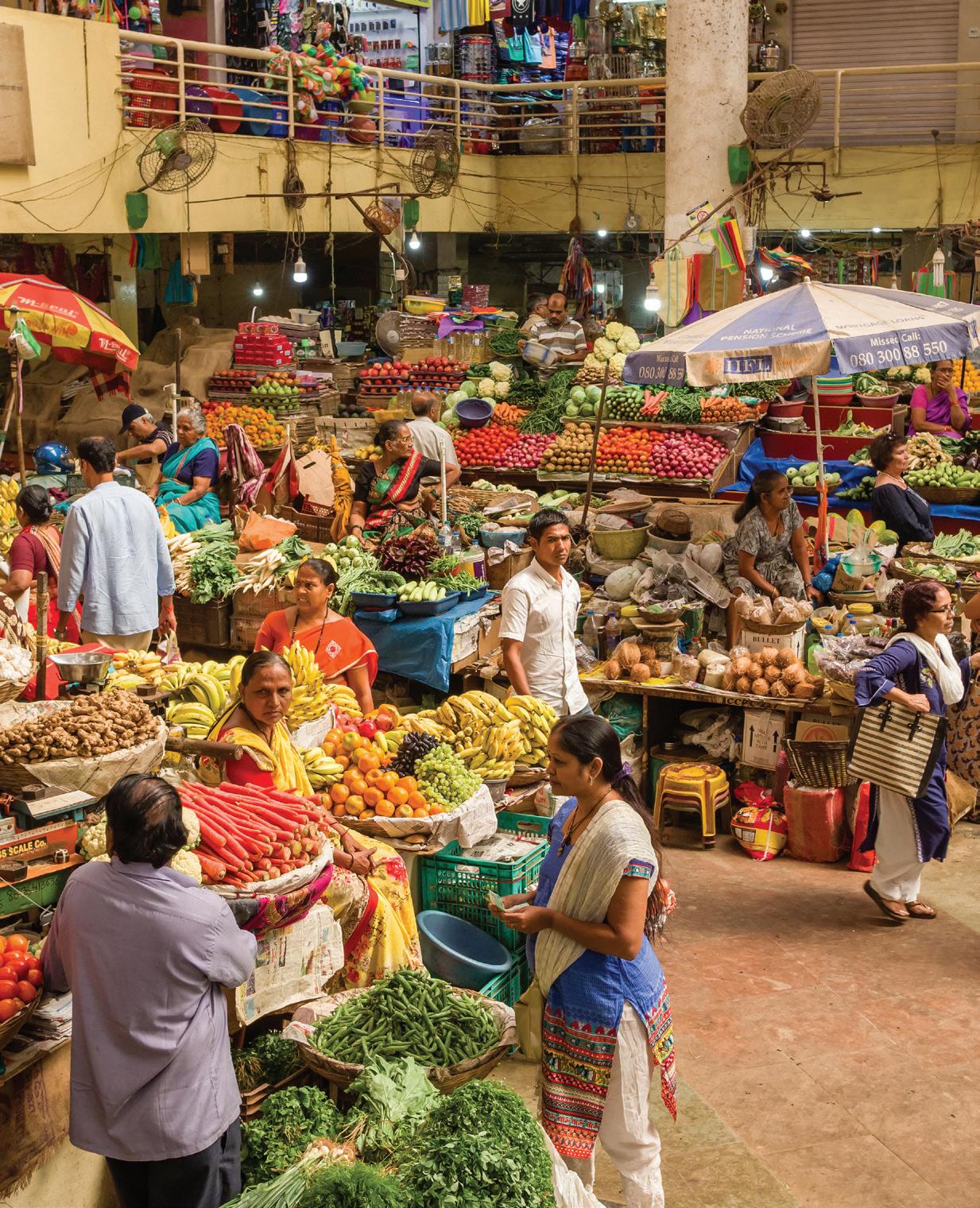
1 2 19
Actionable levers of change, “must dos,” include:
WE MUST HAVE:
Reconnection of human well-being to planetary health
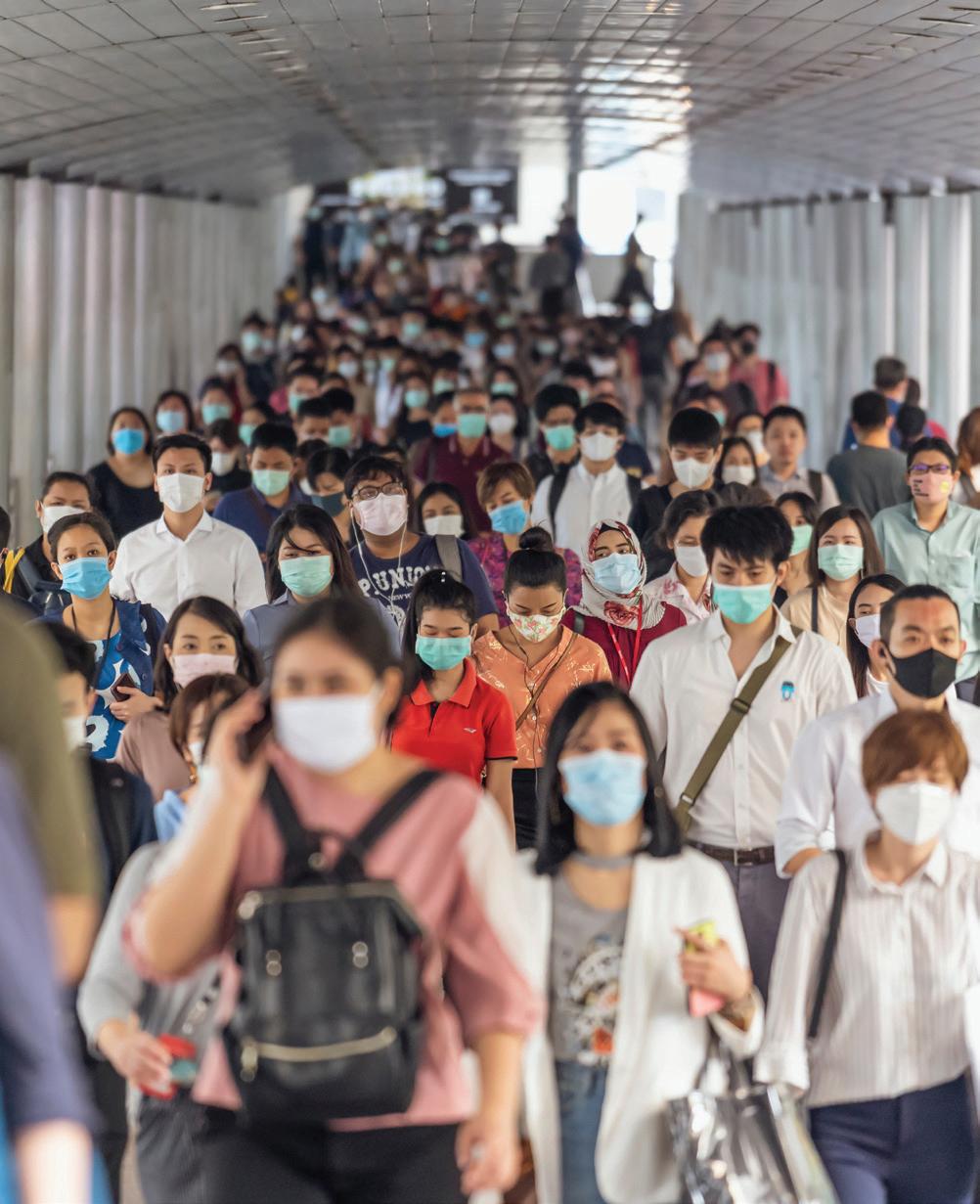
Too many humans–particularly in wealthier communities around the world–have forgotten that their health is intricately linked to planetary health. The health of all life on Earth is threatened by humankind’s misuse of the Earth system in the Anthropocene. Compromising the health of our planet, in turn, prevents us from achieving well-being for the global population, particularly the most vulnerable populations who contribute the least to Earth’s destruction. Pandemics and epidemics caused by zoonotic disease are predicted to increase in frequency (UNEP, 2020), as humans continue our overexploitation of natural ecosystems for agriculture and development, facilitating zoonotic disease outbreaks where viruses spill over from wild animals to humans. Emergent zoonotic diseases exacerbate the perception that nature is separate from, and a threat to, human health. Human health is eroded as vector-borne diseases, chemical and plastic sanitation threaten humans across the world. A rapid planetary health transformation is needed.
As with other “must haves,” in principle, humans have the knowledge and tools required to respond to these threats. In the COVID-19 pandemic, there was rapid development of a vaccine to lessen spread and severity of the disease. Theoretically, disease tracking allows for early interventions to emerging concerns. Research on planetary boundaries and lifestyle choices of highincome nations pinpoint dangerous policies and behaviors that can be changed. And research increasingly shows the benefit of nature on humans’ mental health.
20
Create legally binding frameworks and a network of monitoring systems (e.g. Tobacco Treaty, international formula codes) to regulate consumption and production aligned with socio-ecological health and promote action to prevent future pandemics (recognizing that ALL pandemics in modern time are zoonoses, and that the risk increases with unsustainable exploitation of intact nature).

Dramatically increase investment in resilient and sustainable health systems to at least 12% of all international adaptation finance; current investment is <0.5% (WHO, 2018).

1 2 21
Actionable levers of change, “must dos,” include:
WE MUST HAVE:
An ethical digital world providing for human security, equity and education


Many of the world’s functions and information exchanges occur in the digital realm, which has expanded access to tools and knowledge for formerly disconnected regions and social groups. We are producing knowledge at an exponentially-increasing rate, and we have developed the technology to distribute it globally and fast. Opensource data sharing, such as by the World Meteorological Organization (WMO) through the WMO Unified Data Policy, will strengthen local, regional and global responses to threats. Digital platforms also offer the possibility of providing a high-quality global education in more places.
Presently, access to information and education is deeply inequitable. Women and girls, for example, bear the greatest burdens of an unsafe digital environment, whereas too many rural regions cannot access these tools at all.
Technology-enabled platforms can enhance coordination for discourse and action on societal issues, but may also enhance friction and division. Harmful technologies and the digital possibility for wide-spread disinformation reflect both the unconscious bias of developers and the conscious manipulation of malicious actors. There remain critical unanswered questions as we move from the industrial to the digital world, including: How will information access and curation be performed in the future, and by whom? How might AI-enhanced technologies endanger–or enhance–our security on many scales? What mechanisms and actors can promote the function of the digital realm to build knowledge capacity, access to education, and social cohesion?
22
Develop a digital commons that provides open access to science, data, patents and expansion of early warning systems technologies. Global frameworks must be integrated and activated to standardize and enforce information communication technologies with rigorous social accountability, systems of validation, transparency and privacy protections.
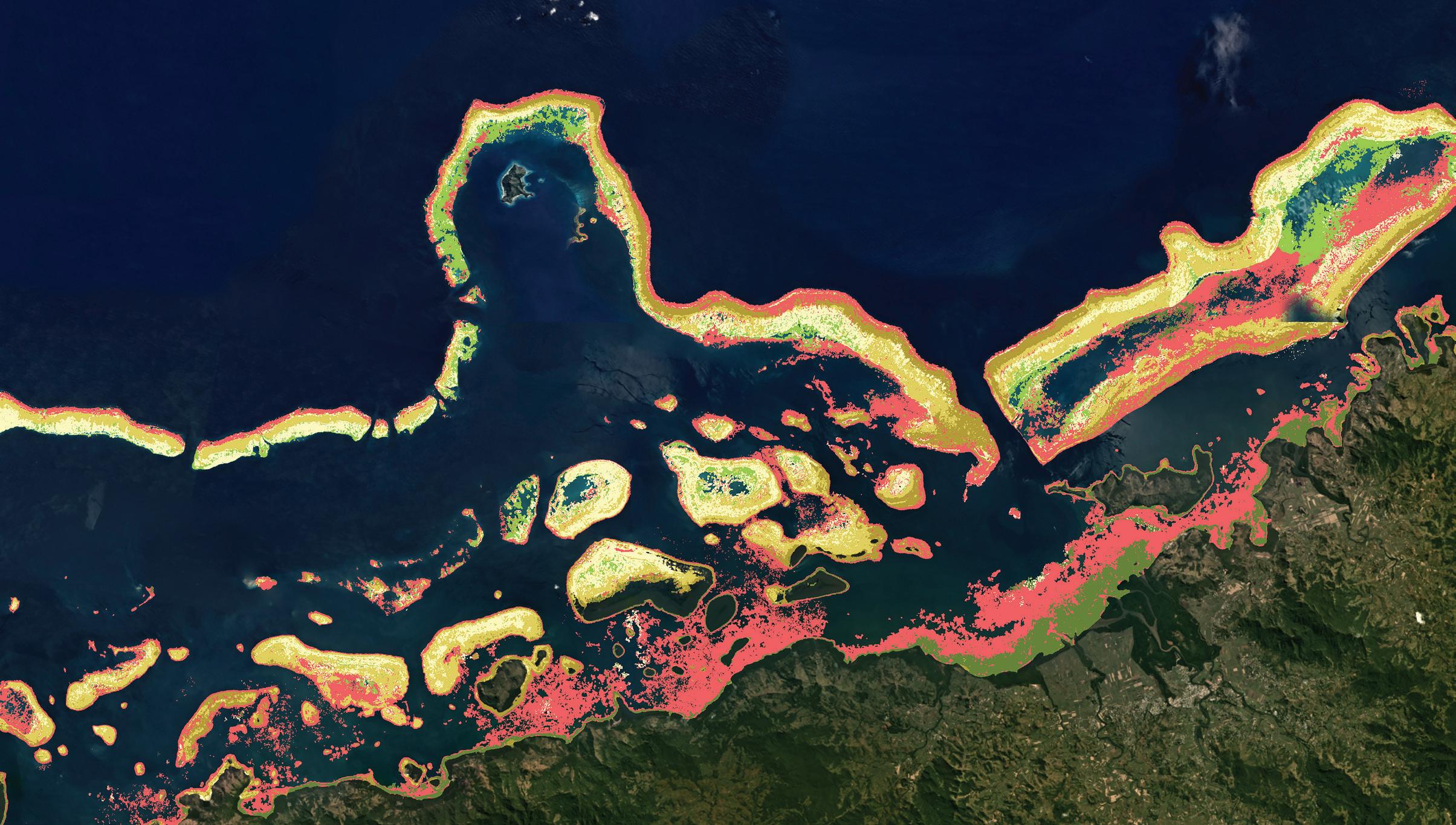
Reinforce a smart and evolving digital infrastructure to provide equitable evidencebased information pathways, and halt misinformation and disinformation through engagement with nonprofit and corporate media and civic and digital education for media literacy.

1 2 23
Actionable levers of change, “must dos,” include:
WE MUST HAVE:
Stability and security in a global society
If societies are unstable, caused in part by structural inequities and conflict within or between nations, the disruption may be such that conjuring the willingness or capacity to address environmental degradation or justice is infeasible. Presently, we see geopolitical shifts toward weakening democracies and rising autocracies, with heightened risks of [military] conflict and tensions on account of a “great powers” model. These trends, if continued, present a real challenge and distract from other existential crises, i.e., moving out of Earth’s buffer zone, as described in the Planetary Boundaries framework, into a place that preserves options for future generations to make choices about their lifestyle and connection with our planet’s support systems.
Equity and peace are the cornerstones of a thriving, interconnected, and sustainable global futures. At the highest level, we must establish multilateral positive peace alliances, built on complex understandings of planetary health, human security, and a resilient and just global political economic system.
Evidence shows that unsustainable paths can increase the risks of conflict and make them worse, causing implications across local-to-global scales. This is a vicious cycle where persistent structural inequities can lead to instability and conflict, all of which may further degrade environmental conditions. The inverse is similarly worrisome: instability can exacerbate inequity and the perpetuation of instability through consolidated power and/or poor governance.
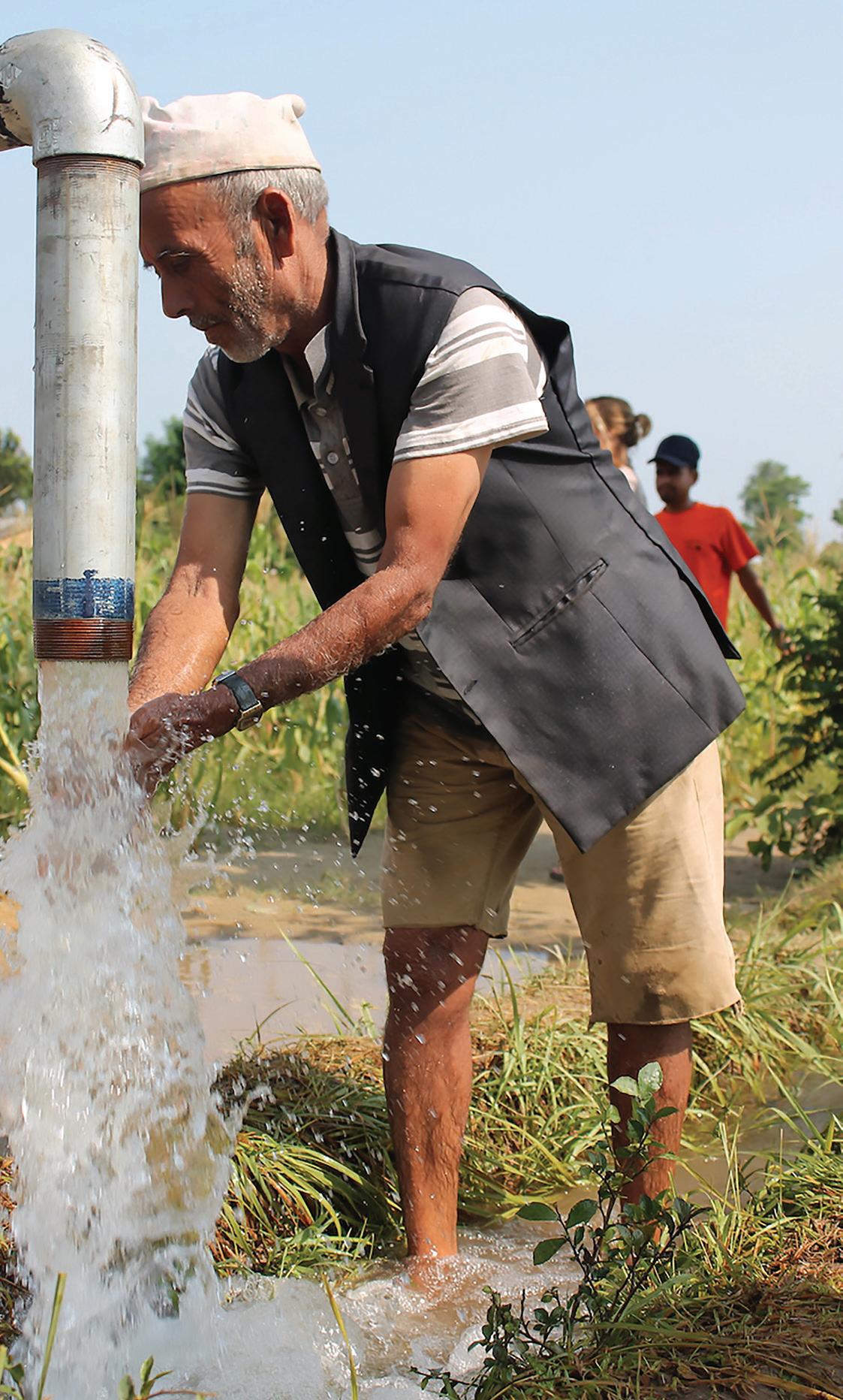
24
Establish a new security doctrine, where all Earth tipping elements–the large biophysical systems that regulate the stability of the planet and all its life-supporting systems–are governed as part of an international regime, protecting social stability and peace across all nations in the world.

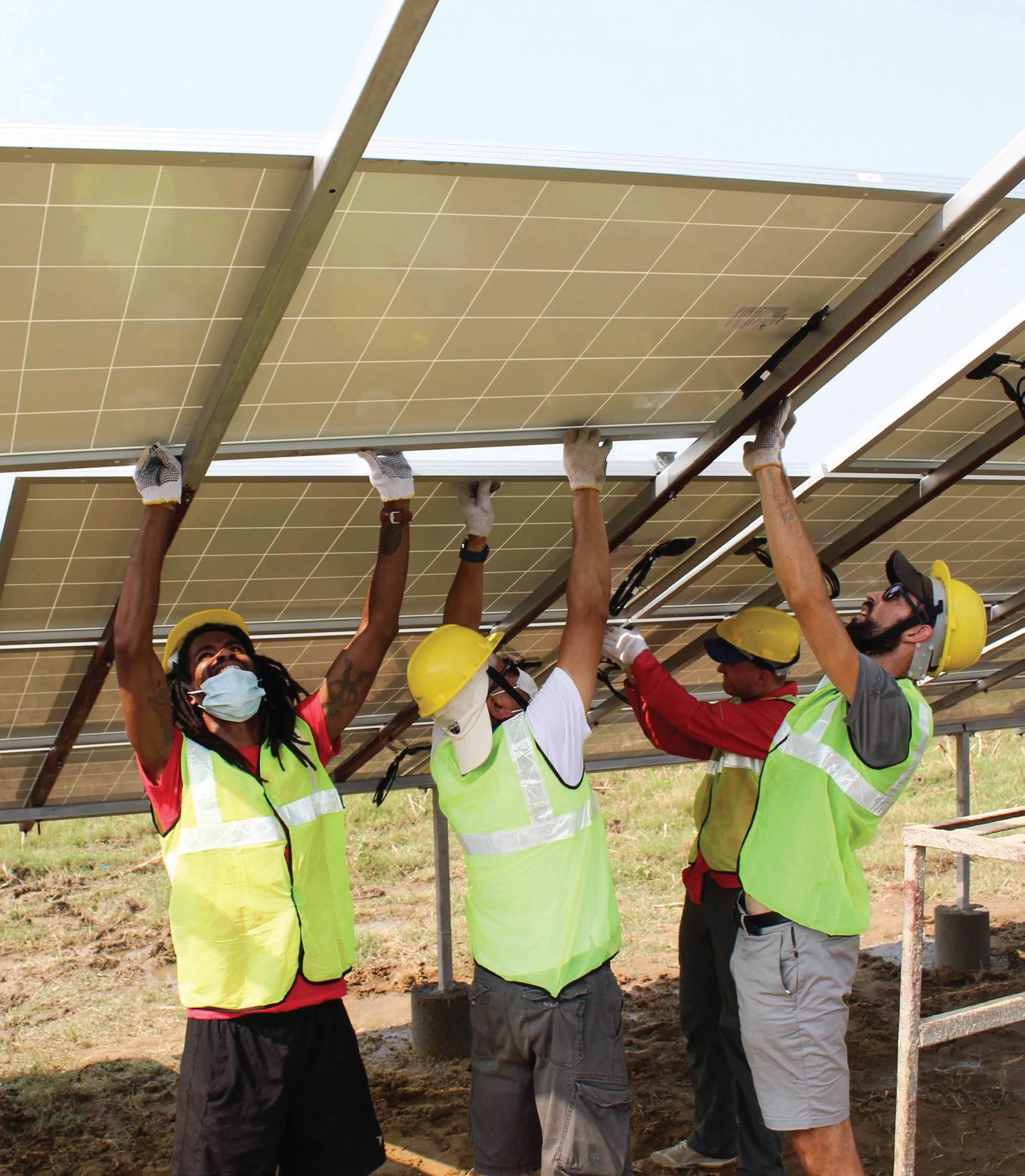
Formalize stable, inclusive, reciprocal institutional structures and mechanisms that will achieve both human and national security, through: global principles and regional agreements pursuant to equity, truth, transparency and justice; codified labor

1 2 25
Actionable levers of change, “must dos,” include:
WE MUST HAVE:
A resilient global society ready to respond to planetary crises
We live in a world of rising turbulence, a result of increased frequency and severity of extreme events from social and environmental shocks and stress in the Anthropocene. Droughts, floods, diseases, fires–hitting harder and more frequently–amplify the outbreak of conflict, displacement and migration. As inequality rises, democratic systems weaken, human rights abuses increase, distrust grows and polarization widens across the globe. Rising volatility appears to be part of the new normal. To deal with shocks and stress, such as food scarcity, pandemics, and war–which together create systemic risks–social and environmental resilience must be built at all scales. This means investing in and building the capacity to detect and prevent potential crises and respond to them, recognizing the spillover effects of strife and collapse across scales, while enabling opportunities to develop sustainably.
Equitable resilience-building–socially, economically, institutionally and in terms of mutual trust–involves bolstering social and ecological diversity, human agency and enabling broader sets of options for all across contexts. In this pursuit, diversity, equity and education are critical guiding concepts in terms of land use, human life, crisis management, and sources of energy as examples. Indigenous communities generally exhibit the most advanced resilience-building capabilities. Social resilience in a global context can be achieved only through listening, sharing and developing human and ecological capacities. We seek a society that cannot just withstand shocks, but a global community that can adapt and even transform.


26
Invest significantly in girls’ and women’s education worldwide, as well as safety and family planning access.

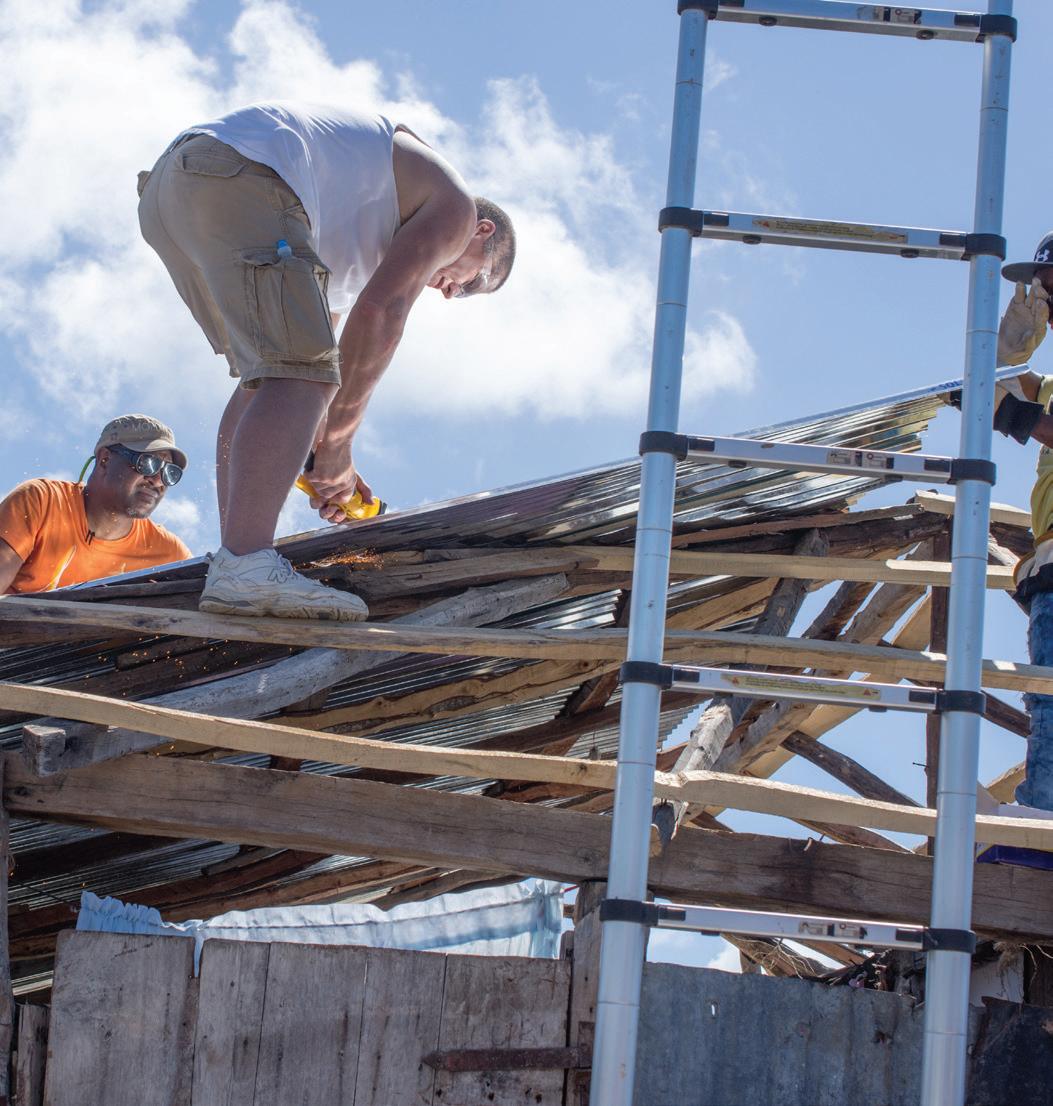
Enable national policy-making and international processes that promote redundancy and flexibility–rather than economic efficiency and optimization (particularly in terms of food security)–that anticipates crises.
Enhance climate resilience through significant and immediate mitigation and adaptation capacity-building at scales local to global, including through shared innovation and technology. Because adaptation has limits, urgent implementation and simultaneous and complementary mitigation is all the more critical.
1 2 3 27
Actionable
levers of change, “must dos,” include:
Next Steps
This report represents a preliminary draft of the 10 Must Haves initiative. It aims to be a global contingency plan—a grand awakening—for policy drivers in both the public and private sectors to expedite a global transition toward planetary and socioeconomic sustainability that prevents further transgressions against Earth’s life-supporting systems. We must move from calamity to opportunity. Each of the 10 areas of transformational change includes prioritized actions that pair scientific findings and available solutions to put planetary systems on a safe and just trajectory by 2050. The content represents the input of hundreds of expert contributors whose titles range from scientist to activist to investor to entrepreneur to businessperson, among others. These contributors hail from every inhabited continent to ensure the pathways defined represent diverse experiences, geographies and ideas.
This draft report represents a springboard for further development of this contingency plan. We will continue to engage with our partners and seek additional thought leaders to build a network that can refine the must-do actions through deeper scrutiny, provide a broader set of references for context, develop measurement and assessment tools, recruit stakeholders, identify incentives and penalties, and align accountability by determining appropriate actors for each must-do action. Additionally, it is our intent to further explore the horizontal markers that tie the must-have transformations together, including equity, Indigeneity, education, peace, decarbonization, health, and resilience. Finally, it is an organic endeavor, designed to adjust to the dynamics of planetary and societal systems.
The final report will be produced in 2023. Future convenings will be announced in tandem with the report.

28
Our words by Valencia Clement
For more information about the poet visit valenciaclement. com. Author and poet Valencia Clement is a Haitian, queer, doctoral candidate, activist and artist. She is currently a doctoral candidate studying Education Policy and Program Evaluation in Mary Lou Fulton Teachers College at Arizona State University.
We have a narrative about the third world and developing nations I’m here to challenge those deficit orientations We reference Africa and talk about Haiti — calling them “dark continent,” “poor nation”
Without using history to understand how we landed in complex situations
I am a proud Haitian-American but it is hard to call this nation friend
When patronizing occupation and misused funds have become an unchallenged trend We go abroad on missions but there are cancer alleys here We position ourselves on moral high ground as recent climate activists work in fear
It takes honesty to transform and planetize We need space to address and challenge imperialism and its common empty lies Are we willing to stop mining in the Congo for the batteries in our phones? And regarding those revered Teslas — Mozambique has asked Musk and friends to go home
Are you willing to listen to the nations that developed old and modern empires?

Or continue to call them underdeveloped, sending buckets of water to centuries of fire?
If we want to do better, it starts with our words I was raised to be honest even if the truth hurts
Is it really aid when the global North has stolen so much? It’s time to have a conversation about restoring trust You can’t strip countries and continents dry and then blame them for being barren Especially when we see a villain and you celebrate these billionaire oil barons
Who really merits this causal condemnation? I can tell you right now it’s not the so-called “developing nations”
A conversation on healing cannot be divorced from the pain
So as a proud descendent of a nation called “the poorest nation in this hemisphere,” call me by my name
Learn the names of our countries, teach the realities of racism, saviorism and imperialism
By being ahistorical, we mask control as altruism Shift your perspective so you can understand where I’m coming from Shift your language to acknowledge the harm that’s been done
Learn the names of countries, there’s great variance on continents There’s more to our nations than a suffering that is bottomless
29
References
Cowie, R. H., Bouchet, P., & Fontaine, B. (2022, January 10). The sixth mass extinction: Fact, fiction or speculation? Wiley Online Library. Retrieved October 14, 2022, from https:// onlinelibrary.wiley.com/doi/full/10.1111/brv.12816
FAO. (2011). Women in agriculture closing the gender gap for development. Food and Agricultural Organization of the United Nations (Rome). Retrieved October 14, 2022, from https://www.fao.org/publications/sofa/2010-11/en/
Ishii, N., Dasgupta, A., Lafortune, G., Oppenheim, J., Rockström, J., Schmidt-Traub, G., Cornehl, F. and von Preussen, A. (2022). Safeguarding the Global Commons for human prosperity and environmental sustainability. The Global Commons Stewardship Framework. Center for Global Commons, University of Tokyo, Japan. Retrieved from https://www.systemiq. earth/wp-content/uploads/2022/05/Safeguarding-the-Global-Commons-v1.3.pdf
IPCC. (2021). Climate change 2021: The Physical Science Basis | Working Group I Contribution to the Sixth Assessment Report of the Intergovernmental Panel on Climate Change. Intergovernmental Panel on Climate Change. Retrieved October 15, 2022, from https://www.ipcc.ch/report/ar6/wg1/
IPCC. (2022, April 4). Climate change 2022: Mitigation of climate change. Summary for policymakers. IPCC. Retrieved October 14, 2022, from https://www.ipcc.ch/report/ar6/wg3/ downloads/report/IPCC_AR6_WGIII_SPM.pdf
IPCC. (2022, May 24). Chapter 2: Mitigation Pathways compatible with 1.5°C in the context of sustainable development. IPCC. Retrieved from https://www.ipcc.ch/report/sr15/mitigationpathways-compatible-with-1-5c-in-the-context-of-sustainable-4-development/
Myers, N. (1990). Mass extinctions: What can the past tell us about the present and the future? Global and Planetary Change. Retrieved October 14, 2022, from https://www. sciencedirect.com/science/article/pii/092181819090047G
Rockström, J., Steffen, W., Noone, K., Persson, Å., Chapin, F. S., Lambin, E. F., Lenton, T. M., Scheffer, M., Folke, C., Schellnhuber, H. J., Nykvist, B., de Wit, C. A., Hughes, T., van der Leeuw, S., Rodhe, H., Sörlin, S., Snyder, P. K., Costanza, R., Svedin, U., … Foley, J. A. (2009, September 23). A safe operating space for humanity. Nature News. Retrieved from https:// www.nature.com/articles/461472a
Turner, J., Meldrum, M., Oppenheim, J. (lead authors); Kick, M., Duplat, A.C. (2020, December). The Paris Effect: How the climate agreement is reshaping the global economy SYSTEMIQ. Retrieved October 14, 2022, from https://www.systemiq.earth/wp-content/ uploads/2020/12/The-Paris-Effect_SYSTEMIQ_Full-Report_December-2020.pdf
Willett, W., Rockström, J., Loken, B; Springmann, M., Lang, T., Vermeulen, S., Garnett, T., Tilman, D., DeClerck, F., Wood, A., Jonel,l M., Clark, M., Gordon, L.J., Fanzo, J., Hawkes, C., Zurayk, R., Rivera, J.A., De Vries, W., Majele Sibanda, L., Afshin, A., Chaudhary, A., Herrero, M., Agustina, R., Branca, F., Lartey, A., Fan, S. (2019). Food in the anthropocene: The Eat-

30
Lancet Commission on healthy diets from sustainable food systems. Lancet (London, England). Retrieved October 14, 2022, from https://pubmed.ncbi.nlm.nih.gov/30660336
WHO. (2018, December) COP24 Special report: Health & Climate Change. World Health Organization (Geneva). Retrieved from https://www.who.int/publications/i/item/cop24-specialreport-health-climate-change
WWF (2022, October 1). Living Planet Report 2022. Almond, R.E.A., Grooten, M., Juffe Bignoli, D. & Petersen, T. (Eds). WWF. Retrieved from https://www.wwf.org.uk/our-reports/living-planetreport-2022
UN. (2015). Goal 2: Zero Hunger - United Nations Sustainable Development. United Nations. Retrieved October 15, 2022, from https://www.un.org/sustainabledevelopment/hunger/
UNEP. (2020, July 6). Preventing the next pandemic - zoonotic diseases and how to break the chain of transmission. UN Environment Programme. Retrieved October 15, 2022, from https:// www.unep.org/resources/report/preventing-future-zoonotic-disease-outbreaks-protectingenvironment-animals-and

31

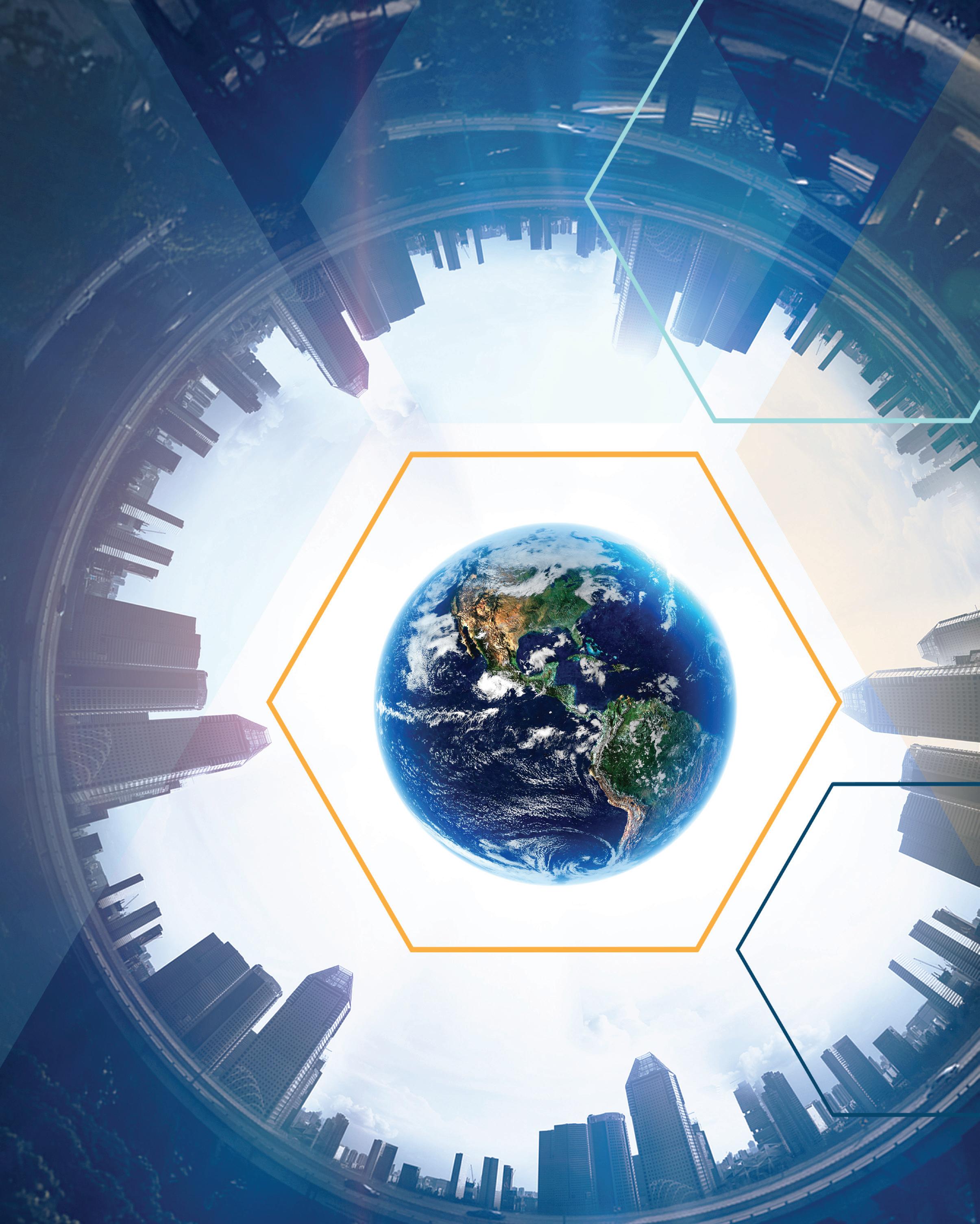
September 20–22, 2022

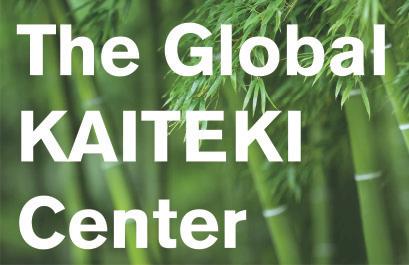


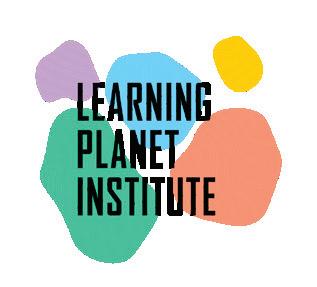












New York City

33

globalfuturesconference.org










































































